
Manana
There is an element of truth that escapes words and can be discerned only through inner experience. That is the secret. Contemplation via considered reflection is the only way to unravel the secret of Brahman. If the study has to be beneficial, it must follow the path of reflection.
There is an anecdote in the Bṛhadāraṇyaka-upaniṣad. In the court of King Janaka, Gārgī asks the ṛṣi Yājñavalkya about the structure of the earth and the...
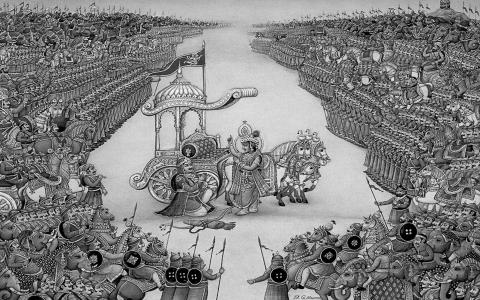
The Importance of Contemplation
The Gītā has two intertwined streams of instruction. One is theoretical whereas the other is practical. The theoretical part is especially intellectual with an ascertaining of the truth using an analytical mindset. The practical aspect or sādhana pertains to the emotional mind. The mind when active is known as the citta – ‘Anusandhānātmaka-vṛttimad-antaḥkaraṇam cittam’ (‘The citta is the contemplative mind.’) The...

Let us get back to the Bhagavad-gītā. There are so many punaruktis (repetitions); upamāna-upameyas (comparisons in a simile) and paradoxes. Our attention should be on their purport. When prosaic speech does not suffice and figurative expressions are resorted to even while describing commonplace incidents and worldly experiences, how else could the mind of the philosopher expressing thoughts about the supernatural reveal itself to us without...
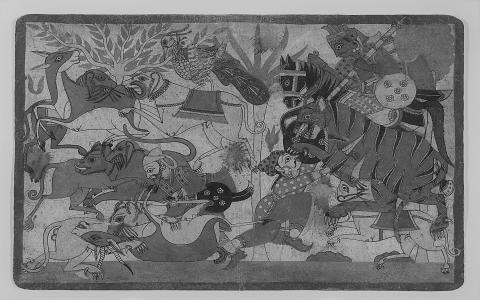
It is indicated above that the buddhi is a power that works with the manas. The buddhi is under the influence of the manas. Therefore, to purify the buddhi, it is imperative to purify the manas. Buddhi is an implement that enables reflection. Manas experiences the product of the buddhi. In Vedānta, jñāna (wisdom) is the same as anubhava (experience). Knowledge of Brahman is the experience of Brahman. Mind is the arena of experience. Unless the...
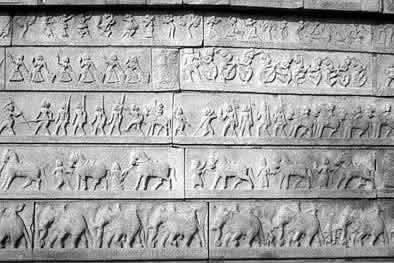
Let us first look at the theme of the work and the qualification to study it. Each of these decides the other. The story of puṇyakoṭi befits a six year old. A study of the Raghu-vaṁśa, however, is for a student aged sixteen or more.
Thus each one decides the other. The one who is capable of dealing with the viṣaya—subject of the work—is the adhikārī. The instruction has to be tailored to the education and capacity of the seeker. Both of these...
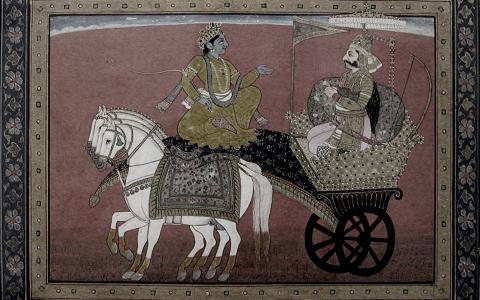
The Style of a Conversation between Friends
The sequence of the Gītā appears jumbled at times. The Gītā is referred to as a śāstra. Its theme does make it one. But in the Gītā’s method of instruction, we do not see a systematic division and order in its topics as in a school textbook. There is a chapter-wise division for sure. But the matter apposite to a specific chapter-topic shows up admixed in a different one. Another chapter’s issue shows...

The Nature of the Work
The Gītā is simultaneously a simple-difficult work or a difficult-simple work. What does it mean? Words may be simple to understand but the meaning of the sentence is difficult. The part that teaches nīti is simple; the part that establishes philosophy is not. It is thus easy to fall in the trap of thinking that one has understood the Gītā. However, it is hard to realise its essence in one’s mind.
Though the language style...
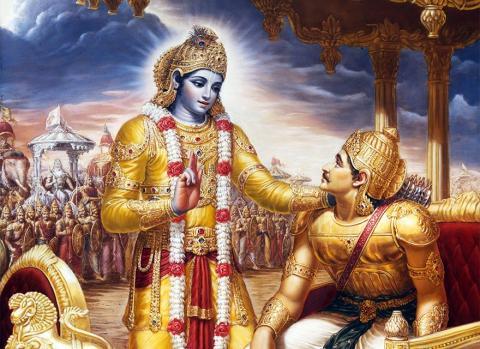
What do we get from the Gītā?
What can we expect from the Bhagavad-gītā?
We normally expect something special from any book we choose. If it is a story, we expect interesting accounts of human character; in a play – a range of passions and emotions; in a song or a poem – an echo of our caprices and anxieties; in a historical account – narratives about different countries and nations; in a manual of astronomy – a description of stellar and...

Prerequisites to the Study of the Gītā
A word of caution before we begin. All parts of the Gītā cannot be understood at the same level of clarity by everyone. Shouldn’t instruction befit the aspirant’s qualification? The amount of benefit we derive from the Gītā is directly proportional to our levels of faith, moral readiness, and intellectual ability. Anything beyond our capability might not be understood by us. So it would simply be our loss...
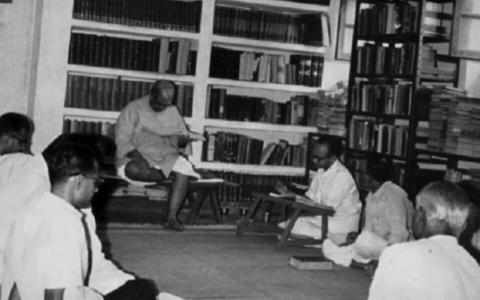
[On the occasion of D V Gundappa’s forty-fifth death anniversary, Prekshaa is delighted to publish the first episode of a new series – a modern English translation of DVG’s Kendra Sahitya Akademi Award-winning work, Bhagavad-gītā-tātparya or Jīvana-dharma-yoga. Translated from the original Kannada treatise by Sri. Raghavendra Hebbalalu and Smt. Sreelalitha Rupanagudi. —Editor]
Invocation
जगद्रणाङ्गणे यस्य
स्मरणं जयकारणं।
पार्थसारथये तस्मै...
